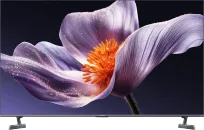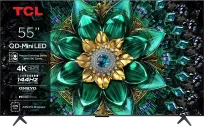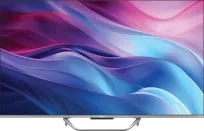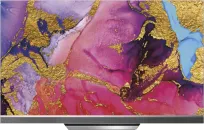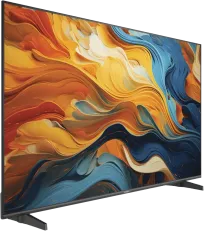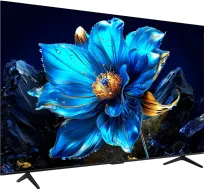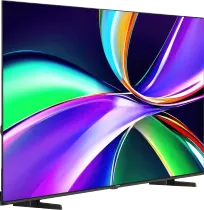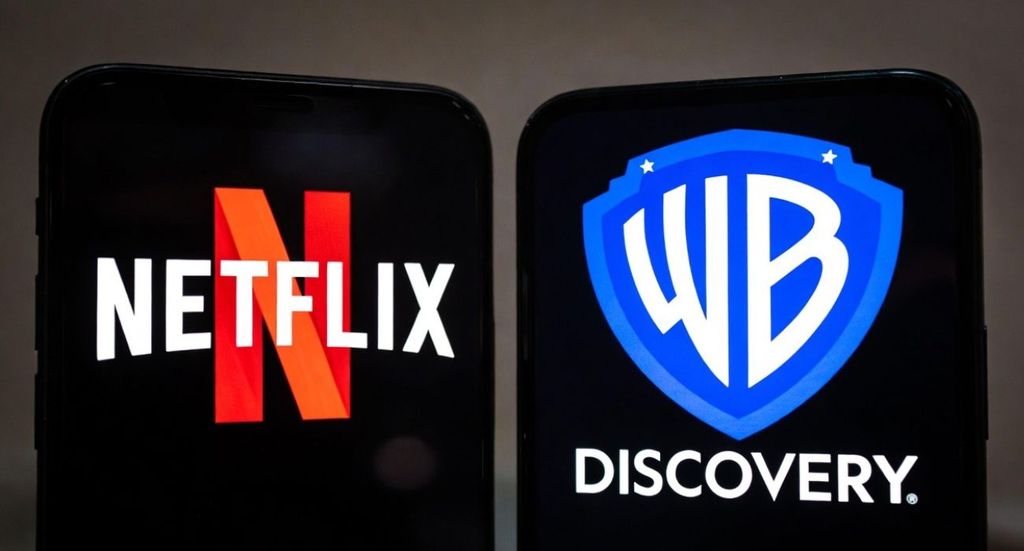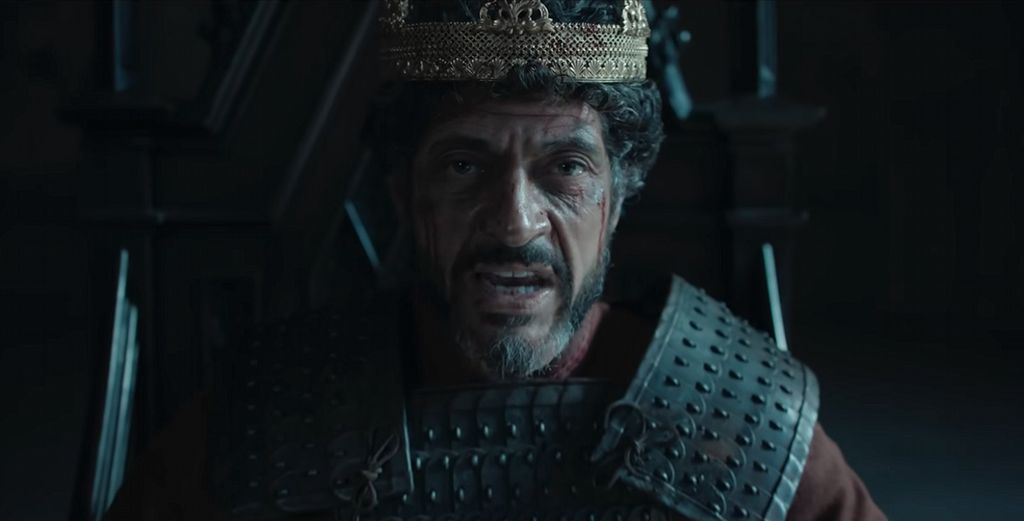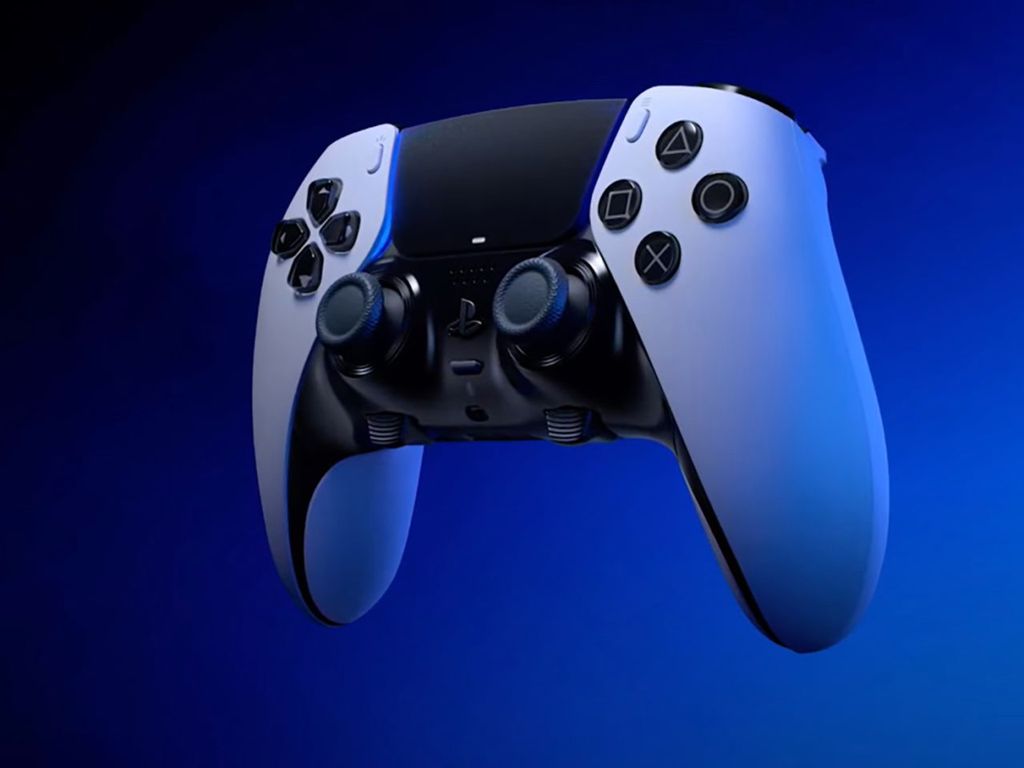
Choosing the right cables is not just a matter of concern in the audiophile world. Film enthusiasts often debate the advantages of one HDMI cable over another, because after all, price, quality of workmanship, length, or brand affect colours, sharpness, and accurate image reproduction. But is it really the case?
We can immediately say that any functional HDMI cable will display the same colours, sharpness, and fluidity within its specifications regardless of price. However, it is important to remember that not all cables operate under HDMI 2.1 specifications, so purchasing the cheapest cable may not suffice for everything to work on it.
To clarify this somewhat complicated topic, we conducted a test of the Purelink PS3010 cable priced at 99 zł, while its competitor is the Wireworld Starlight Platinum cable priced at 4999 zł. Will an accessory that is almost 50 times more expensive affect the quality of the image? In our scientific test, we will demonstrate that these two cables offer the same image quality, despite the enormous price difference.
However, if you are looking for reliable cables at a good price and don’t want to scroll all the way to the end of the text, we’ve included links to our recommended cables here:
The cable we are using in this test, up to 3 meters - PS3010 - ps3010 - Home Cinema eXperts Store (hcx.com.pl)
Long optical cables - FXI380 - FXI380 - Home Cinema eXperts Store (hcx.com.pl)
Additionally, with the discount code "CHOOSetv" you can receive an extra 15% off.


Types of HDMI cables
At the outset, we mentioned that each cable will display the same image, but within the scope of its specifications. Currently, manufacturers and sellers unfortunately make it difficult for consumers to distinguish the capabilities of a given cable by using terms like 4K, 8K, HDR, etc. One should also not take into account when manufacturers label the connector standard on the cable, e.g., HDMI 1.4. If our cable has such a designation, and the TV is equipped with newer connectors, it does not mean that it will not work correctly. For the cable, what matters is how much data needs to flow through it, which is determined by technical parameters such as resolution, refresh rate, or colour encoding format. Below you can see how the specifications have changed over time.


The correct designation of the cable is the class assigned to the standard, not the version of the connector. On the official website hdmi.org, we can find official explanations of these standards.
However, it is possible that we encountered a situation where the manufacturer or store clearly described the cable class and the standard it is intended for, yet we still couldn't achieve a stable image. Writing such markings does not guarantee that the cable will actually meet them. Of course, we can return such a product, but this process can be cumbersome. Cables longer than 3 metres are even more prone to such situations.


Then the previously mentioned HDMI organisation came to the rescue, which introduced the official certification program HDMI Premium Certified. Thanks to this, cables with the hologram below guarantee correct operation regardless of price and manufacturer, as they must pass rigorous tests before entering the market. We can scan the QR code to confirm the validity of the certificate. Currently, there are two types of holograms on the market. The first one indicates that the cable guarantees correct operation in standard 2.0, that is, a resolution of 4K and a refresh rate of 60HZ. Its properties are sufficient to support DVD players, Blu-Ray, set-top boxes, or media players, such as Apple TV. The second hologram with the addition of Ultra High Speed ensures full compatibility with standard 2.1, which means a resolution of up to 8K and a refresh rate of 144HZ. Such a cable is ideal for the latest generations of consoles or computers that have such high parameters.
However, this does not mean that a non-certified HDMI cable will not work properly. The Wireworld Starlight Platinum itself does not have such a designation, nor does the tested PureLink PS3010. The latter is used by us in the studio and has been subjected to many tests in every possible way. That's the theory, so let's move on to the practical test of these two cables.
Laboratory tests of image quality
Let's start with the fact that HDMI is a digital connection, so the electrical pulses flowing through the cable are interpreted as 0s and 1s. According to theory, if we interfere with them up to a certain point, nothing will happen, because the signal will still be correctly read by the receiving device.
What will happen when the device can no longer read zero and one? To test this, we deliberately cut the cable. As you can see, it consists of many layers that protect against interference. More expensive cables may have more shielding layers, which provide better insulation. They may also have thicker conductors made from higher quality materials.


See what phenomenon appears when using the cable we damaged.


Sparking, grain, seed - these are the terms we most often hear when the above-mentioned problem arises. In this case, the device is no longer capable of correctly reading 0 and 1. However, this does not affect the colours, brightness or sharpness.
There is also a second possibility where the device uses HDCP protection, e.g. a Blu-Ray player or Apple TV. When we switched our generator to this mode, the image simply disappeared because it could not be decrypted.


As you can see, even intentional damage to the cable does not result in a loss of image quality in the classic sense of the word.
This situation could occur with analogue cables, such as Component, Composite, Scart, where voltage levels directly affected image brightness, rather than whether the image would be recognised as 0 or 1.
Cheap vs expensive cable
You’ve probably already noticed that an HDMI cable will either work or it won’t, and its price doesn’t affect that. Nevertheless, to be sure about this statement, we conducted an experiment. We used the AccuPel signal analyser, which can read what flows through the HDMI cable at the level of specific pixel values of the image.
We displayed a dynamic image on the television, and in the centre, we placed a sharpness pattern. High sharpness means a large contrast between neighbouring pixels, so we used a pattern that transitions from black to white. If the cable had the ability to affect sharpness, the edge would blur or the black or white would deteriorate.
First, we used a cable costing nearly 5000 zł. What was the effect?
The image looked good, and the cursors of our analysing device show that on this pixel, I have a pure, almost vivid white, and moving one to the left, we have a deep black. This means we have a perfectly sharp edge here.


And what about the cable for 99 zł? To our (non)surprise, the results are exactly the same. As you can see, the edge is just as sharp, the white is bright, and the black is deep.


Delay on long and short cable
We often hear the question of whether the length of the cable impacts signal delay, which is crucial when gaming on a console or computer. There will be a few numbers in this discussion, but we’ll try to explain it simply and clearly.
The current, or more precisely, the electric field travels through the cable almost at the speed of light, which is 299,792,458 metres per second. The exact difference can only be measured in laboratory conditions, but even then it’s not visible to the naked eye. The noticeable delay could be 50 ms, which is 0.05 seconds. It takes 3.34 nanoseconds, or 0.000000003 seconds, to cover an extra 1 metre of cable. Even a 100-kilometre cable wouldn’t show a noticeable difference!
What about a fibre optic cable with an active plug? Using a short cable worth 5000 zł, the delay is 12 ms. After switching to a cheaper, 10-metre fibre optic cable, the result is exactly the same.
The price of the cable also doesn’t matter when it comes to the available functions in consoles, as the cable itself is meant to provide the appropriate signal bandwidth, while the support for the functions is a matter of the devices on both ends. The exception might be old cables without an Ethernet channel, through which the audio return channel ARC may not work.


We have scientifically proven that there are 3 scenarios that can occur with an HDMI cable.
The cable works correctly and processes the image
The cable processes the image, but artifacts appear on it
The cable does not display the image at all
It does not affect the colour, brightness, sharpness, or overall quality of the image.
Problem of long HDMI cables - optical cables
Cables longer than 3 metres can cause issues with maintaining a stable connection. Shorter cables are often less prone to transmission errors, and even older models can handle the HDMI 2.1 standard without the required certifications.
If we are looking for a long cable, we probably need to search for a fibre optic cable.
They come with a built-in modulator in the plug that transforms electrical impulses into light, which can easily travel several dozen metres. We have included links to tested models of such cables at the beginning of the article. Of course, one can look for cheaper solutions, and all cables with an official HDMI Ultra Certified Cable certification should perform well, even if the price is suspiciously low. At least that’s what the members of the HDMI Forum, whom we spoke with at the CES in Las Vegas, assured us. For our part, we recommend the aforementioned cables, as they have well-fitted plugs, which minimises the risk of breaking in the socket, which is quite high with long cables. Replacing such a cable embedded in a wall or other rigid enclosure is difficult or practically impossible.
However, if you, dear reader, are still in the process of finishing your apartment, we recommend using conduits in the wall that will allow for cable replacement in the future when the standard further develops, and the current specification becomes insufficient.
In situations where we cannot apply this, let’s try to lay the highest class S/FTP twisted pair, which will allow the HDMI image to be transmitted using special modulators.



Summary
To summarise our test, cables working with the same signal cannot produce different colours, sharpness, or brightness, regardless of the price or quality of the cable.
The capabilities of the cable are clearly outlined by their assigned classes. Currently, the following classes mentioned earlier apply.
Cables with this marking give us a guarantee of operation, as do those recommended by us. Of course, older cables without additional certifications can also work, but we may experience image drops or sound crackling, or the sound from the television may not return to the external speakers, which means there is a need to replace the cable.
 Katarzyna Petru
Katarzyna Petru

